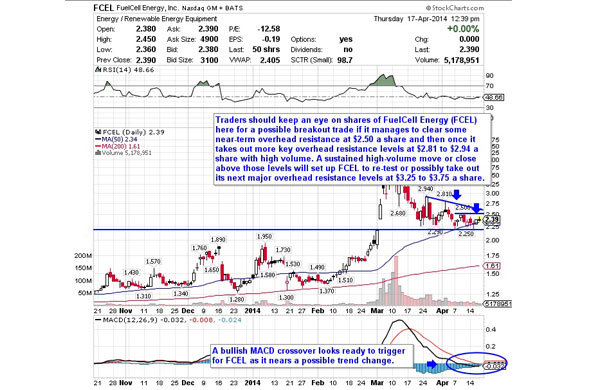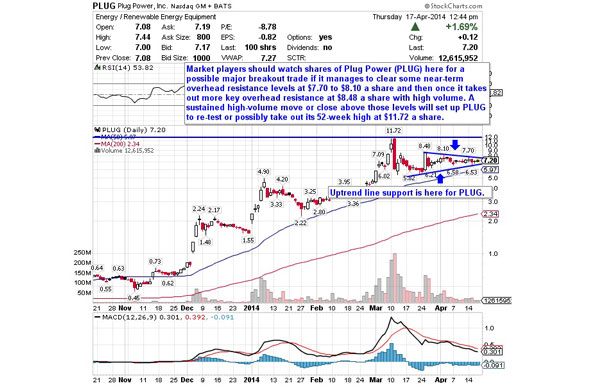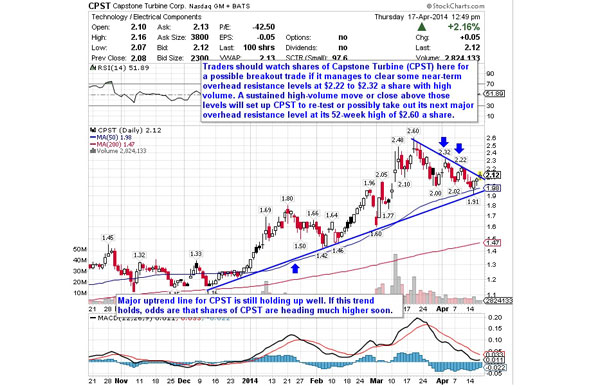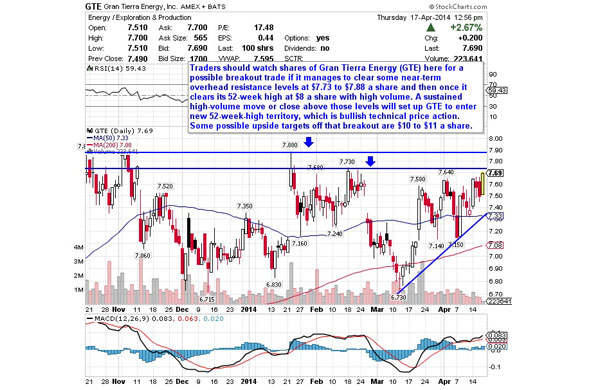

Enlarge Image Photo: Bloomberg


Enlarge Image Photo: Getty Images


Enlarge Image Photo: Getty Images


Enlarge Image Photo: Getty Images for the New York Times


Enlarge Image Photo: AFP/Getty Images


Enlarge Image Photo: AFP/Getty Images


Enlarge Image Photo: AFP/Getty Images


Enlarge Image Photo: Getty Images

Photo: World Economic Forum


Enlarge Image Photo: AFP/Getty Images MarketWatch Slide Shows
Retirement
• 10 best big cities to retire happily in
• 10 best places to retire abroad
• 10 essentials for your retirement plan
• 10 best states to retire in
• The 10 worst states for retirees
Real Estate

Shutterstock • States with the most 'zombie' homes
• The 10 best places to live in the U.S.
• The 10 best U.S. suburbs to live in
• The 10 most dangerous cities in America
• 10 most expensive cities for expats
• 5 U.S. cities with the happiest workers
• 10 U.S. cities with the lowest taxes
Technology
• 5 sites teens flock to instead of Facebook
• 10 apps that could save your life
• 40 years of cellphones: car phone to iPhone
• CEOs who think like Steve Jobs
LIFESTYLES
• 10 people you're not tipping enough
• 10 NFL teams with the most expensive tickets
• 10 U.S. cities with the worst traffic
• 13 companies everyone wants to work for
• 7 office gadgets headed for the graveyard
• 10 companies with the worst reputations
• Will and Kate's royal baby arrives
Cars, Planes and More
• 5 cars the richest Americans are buying
• The 10 best new midprice cars for 2014
• The 10 most expensive states to own a car
• 6 top cars for fuel efficiency, and 2 guzzlers
• 10 of the fastest super cars in the world
Entertainment
• 10 spy movies that would grip the NSA
• Investing lessons from the 'Sopranos'
• The 10 best rock-and-roll movies ever made
TRAVEL
• 10 of the oddest cruise-ship innovations
• 10 best travel spots — if money's no object
• 10 best places to buy a vacation home
• 7 reasons to cheer airport delays
• 8 ways to spot counterfeit money
• The world's weirdest theme parks
• 5 Gettysburg re-enactment moments
HEALTH
• 10 countries that spend most on health care
Food AND DRINK

• 10 retro foods making a comeback
• Hot dogs have their (national) day
• Nine beers America has quit drinking
• Highest-calorie items at 10 fast-food chains
• The 10 best U.S. cities for pizza /conga/story/misc/slide_shows.html 287847

1 of 11

Tweet Email
Deflation fears, the Yellen Fed, China, income inequality, Europe's still-troubled banks, and a steady flow of snark and indignation: That's right, the World Economic Forum's annual meeting gets underway Wednesday in Davos and runs through Saturday.
Here are 10 of the big shots whose words will have the potential to move markets and dominate headlines at the exclusive and oft-maligned gathering in a remote resort town in the Swiss Alps.
— William L. Watts at @wlwatts
More on Davos:
Income inequality biggest risk facing world, says World Economic Forum
James Dimon and Lloyd Blankfein
While the Geneva-based WEF think tank pursues lofty ideals, the Davos annual meeting has often been criticized as a sanctuary for elite bankers and other highflying C-suite denizens to rub elbows with each other and world leaders. Bankers laid relatively low in the immediate aftermath of the crisis, but were soon back to try to plead their case.
Last year, J.P. Morgan Chase & Co. (JPM) CEO James Dimon used the event to protest that regulators were being overly aggressive and moving too fast, while arguing that banks had got a bum rap. He also offered something near to an apology over the "London Whale" fiasco.
The highest echelons of the banking fraternity will be represented this year. In addition to Dimon, look for Goldman Sachs Group (GS) CEO Lloyd Blankfein, Bank of America Corp. (BAC) CEO Brian Moynihan, Deutsche Bank (DB) co-CEO Anshu Jain and others.
(at left, James Dimon and Lloyd Blankfein)
Marissa Mayer
It isn't all banking and finance. After all, a belief in the transformative, globalizing power of technology is a tenet of the Davos mind-set. The chief Yahoo (YHOO) , Marissa Mayer, is a co-chair of this year's event. Other high-profile techies in attendance include Facebook (FB) COO Sheryl Sandberg, Cisco Systems (CSCO) CEO John Chambers and Google (GOOG) Executive Chairman Eric Schmidt.
We'll see if Mayer gets any questions over the recent, high-profile exit of chief operating officer Henrique de Castro after just 15 months on the job. But the Davos sessions will be focused on broader questions, including a Saturday session featuring former U.S. Treasury Secretary Lawrence Summers that debates the long-overdue question of whether technological innovation is driving a rise in joblessness.
Ray Dalio
The founder of hedge fund Bridgewater Associates is one of several high-profile investors who will be in the spotlight at Davos and, no doubt, in interviews on the sidelines of the meeting. Last year, Dalio laid out a bullish case for stocks as well as other assets as investors reacted to "terrible" returns on cash and bonds.
Hedge-fund legend George Soros, no shrinking violet himself, is set to attend. Other notable finance heavyweights include Paul Singer, founder of hedge fund Elliott Management Corp., and private-equity honchos Stephen Schwarzman of Blackstone Group (BX) and David Rubenstein of the Carlyle Group. (CG)
Joseph Stiglitz
By one count, at least 70 billionaires will be descending on Davos this week. While behind-closed-doors networking and deal making often seems to be on top of the agenda, income inequality appears likely to be a key theme. The issue was again identified as the most likely threat to global stability in an annual WEF report last week.
Nobel Prize-winning economist Joseph Stiglitz, who contends that inequality is largely the result of political choices ,will be one high-profile speaker on the subject.
Christine Lagarde
The International Monetary Fund chief is a Davos regular. She made big headlines in 2011 when the then-French finance minister spurned a thank-you from then-Barclays CEO Robert Diamond, saying gratitude would better be served by increased lending, a better grip on compensation and higher capital levels.
Lagarde, in her role as head of the IMF, has used Davos to rail against an emphasis on austerity and a lack of focus on growth in Europe. Expect her to keep pressure on central banks to fight the threat of deflation , which she earlier this month called a growth-threatening "ogre that must be fought decisively."
Mario Draghi
Europe's debt problems remain on the back burner. Most of the credit goes to the ECB chief, whose "whatever-it-takes" pledge in the summer of 2012 and a subsequent bond-buying plan (that remains untested) has managed to put a lid on Spanish and Italian government bond yields. But while the region has enjoyed a tentative return to growth, inflation is running well below target, contributing to deflation fears.
Draghi is set to talk about the "path from crisis to stability " on Friday. It's a safe bet traders will be looking for any clues the ECB is ready to take further action.
Shinzo Abe
Japan's prime minister has been a very busy man since last year's annual meeting. He's followed through on an election pledge to see the Bank of Japan undertake aggressive quantitative easing in an effort to break a long deflationary spiral, while also undertaking aggressive fiscal stimulus efforts. The Bank of Japan is also holding a policy meeting on January 21 and 22.
Japanese equities soared last year and the yen dropped. Abe, who will address the annual meeting on Wednesday, is under pressure to follow up his efforts with structural reforms.
Jiang Jianqing
The chairman of Industrial and Commercial Bank of China is another of this year's Davos co-chairs. Chinese executives and media have been a growing presence for years, in keeping with China's ever more influential role in the world economy.
Investors pay close attention for clues to the state of the Chinese economy and policy. Other high-profile attendees include Sun Yafang, the chairwoman of Huawei Technologies and one of the country's most powerful businesswomen, and Gao Xiqing, president of China Investment Corp., the country's powerful sovereign-wealth fund.
Hasan Rouhani
Davos has often provided a backdrop for Middle East political developments, though not always in a good way. A rare blowup in 2009 saw Turkish Prime Minister Recip Tayyip Erdogan storm offstage after an argument with Israeli President Shimon Peres over the Gaza conflict.
This year, Iranian President Hasan Rouhani is scheduled to address the annual meeting and perhaps court potential investors after world powers and Iran agreed earlier this month to begin implementing a pact to ease sanctions against Tehran in return for Iran curbing its nuclear program.
Israel Prime Minister Benjamin Netanyahu will also attend. Netanyahu said he might "consider" a meeting with Rouhani if Tehran says it's willing to recognize Israel, news reports said.
More Slide Shows

10 global risks of highest concern at Davos

10 people to watch in Davos next week

Detroit Auto Show's newest hotties

GE nails profit target, misses on margins

5 tips to help you retire early

Who did the hiring in 2013 and what they pay

Decades of classic Ferraris up for auction

Best and worst airlines for passengers in 2013

10 of the most beautiful classic Italian cars

8 examples of 3-D printing creations at CES

10 best global travel destinations for food lovers

What to look for in December jobs report

Dentists, vets, and bikini waxers now make house calls

10 film classics added to National Registry

Audi's SQ5: performance crossover done right






